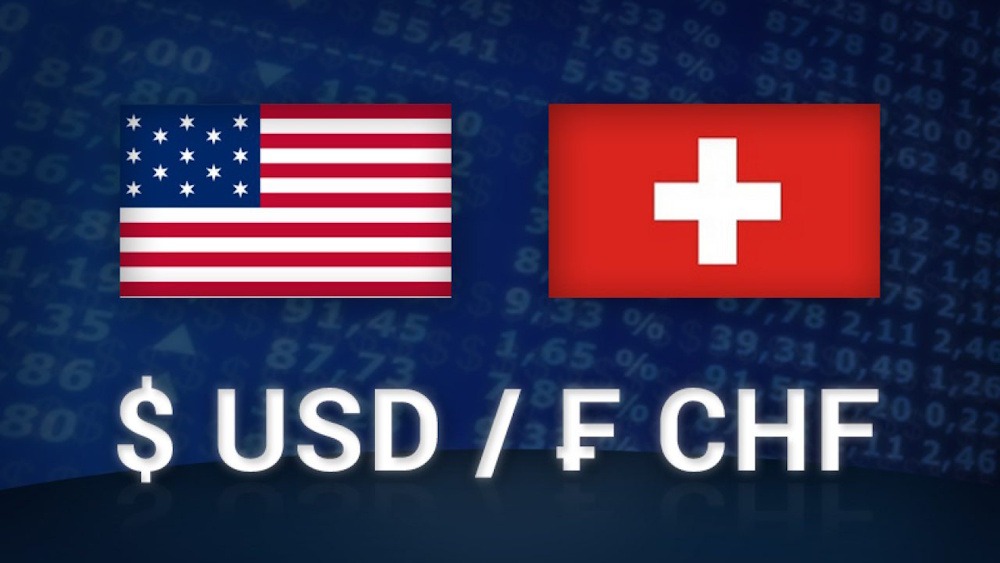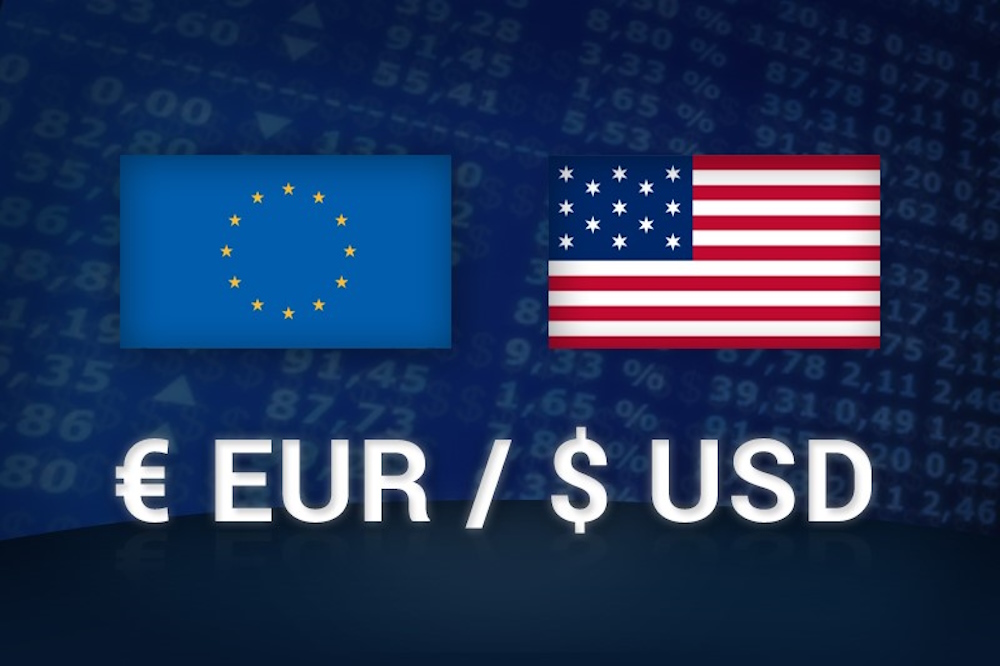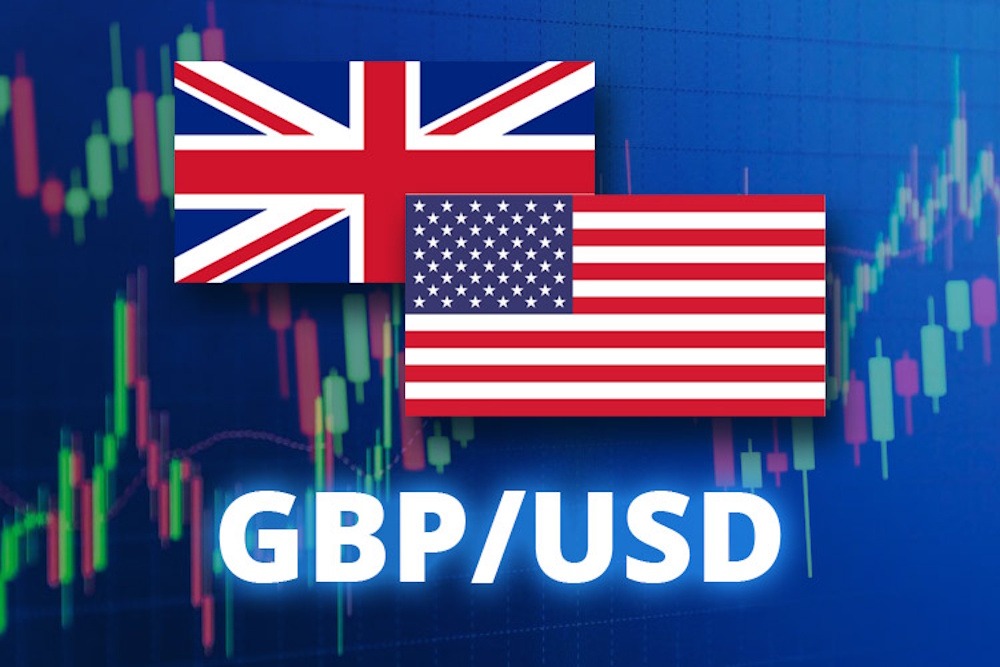USD/CHF consolidates below major SMAs, sellers dominate
The USD/CHF pair experienced an upward movement during the North American session; however, it continues to consolidate within the 0.7950-0.8000 range as market participants await the upcoming Federal Reserve monetary policy meeting next week. The pair is currently trading at 0.7966, reflecting an increase of 0.12%. USD/CHF is up 0.12%, yet it remains below the … Read more



